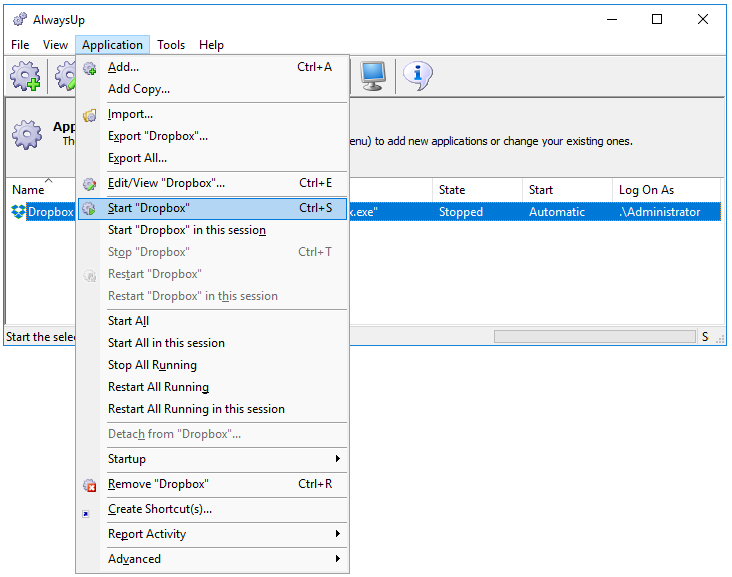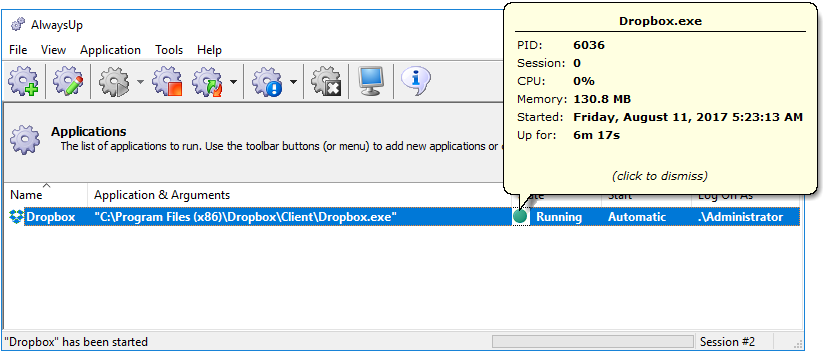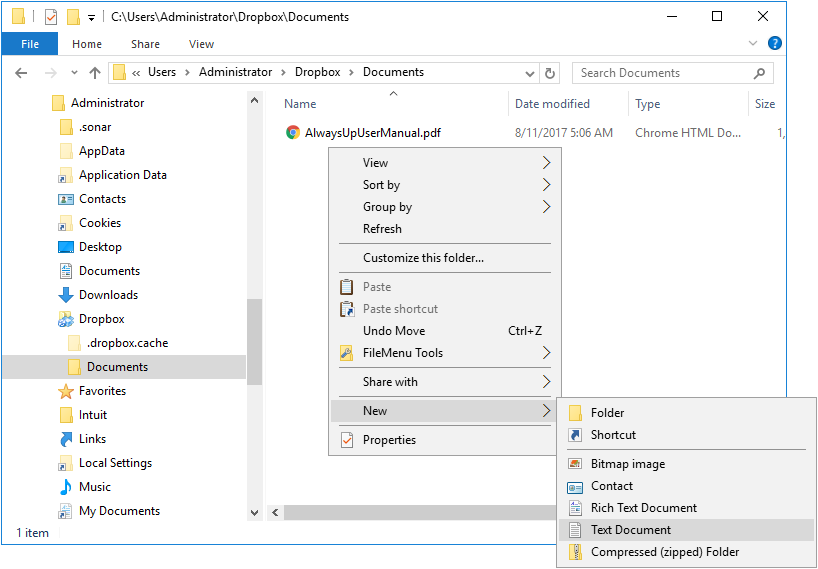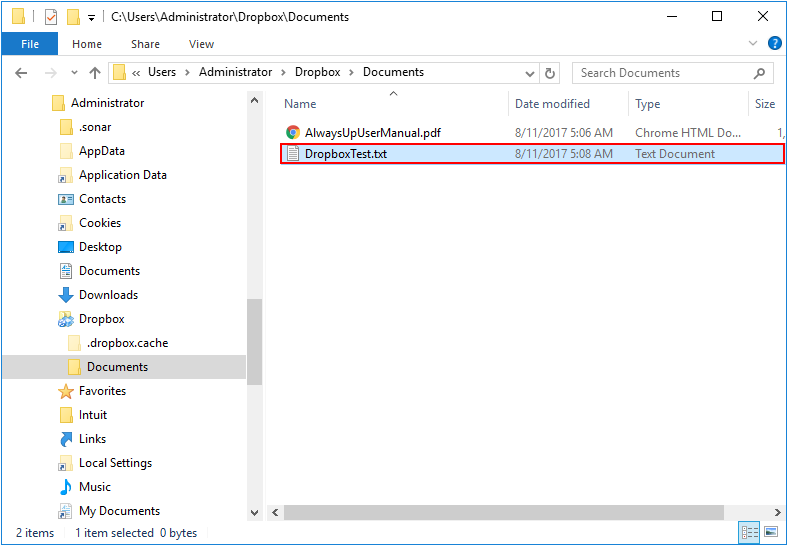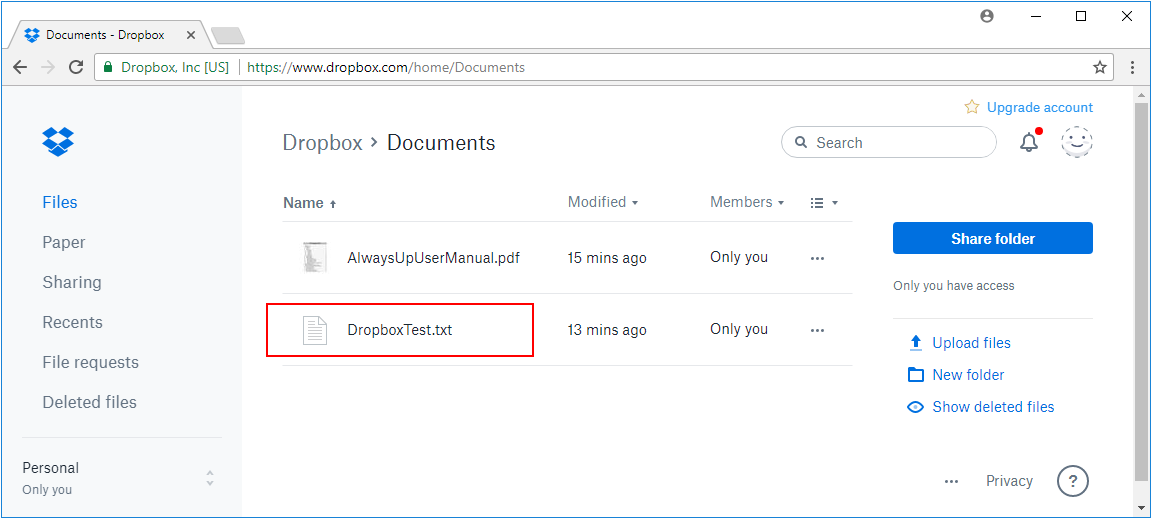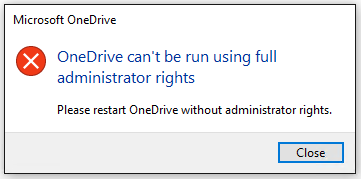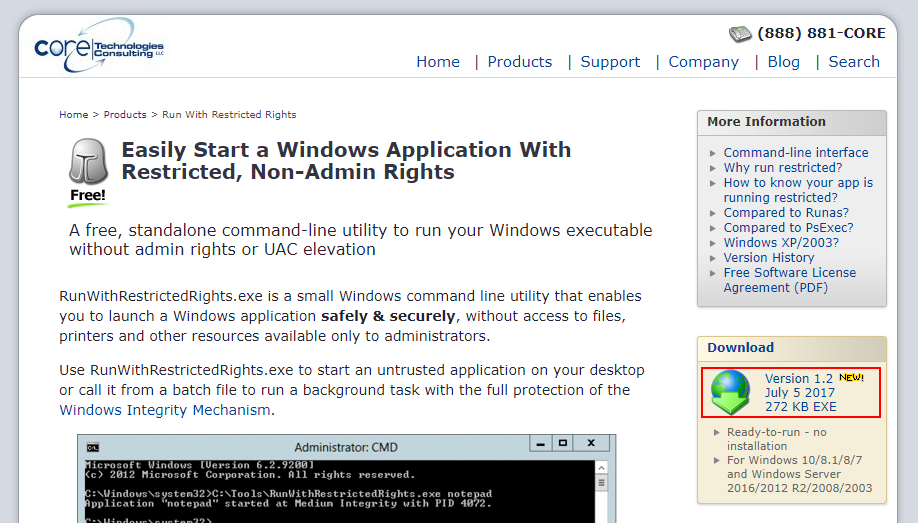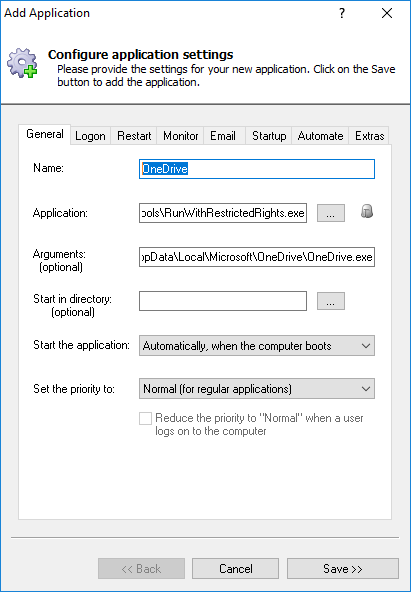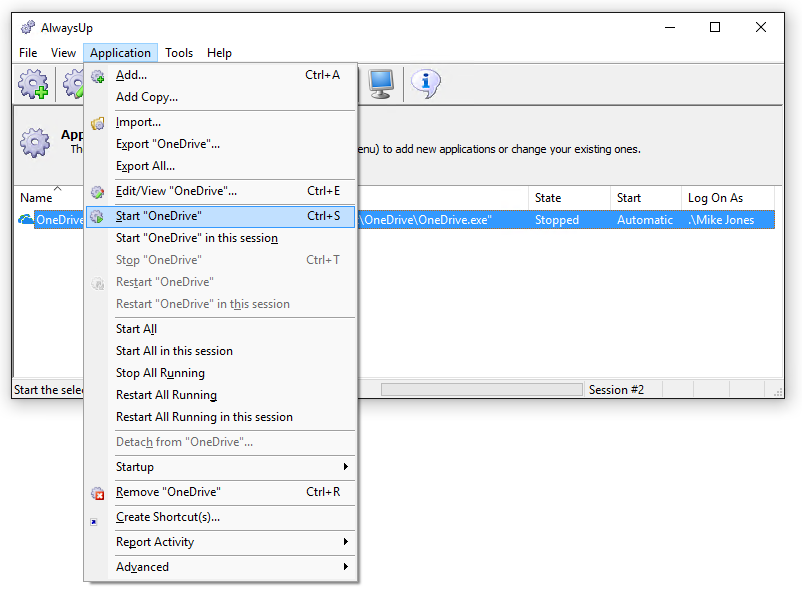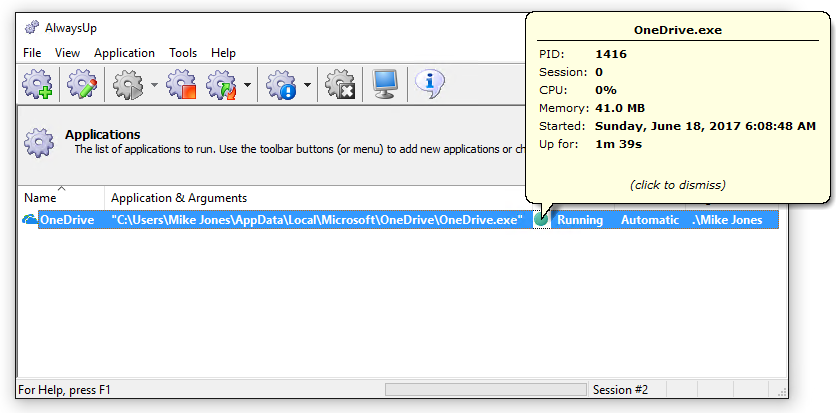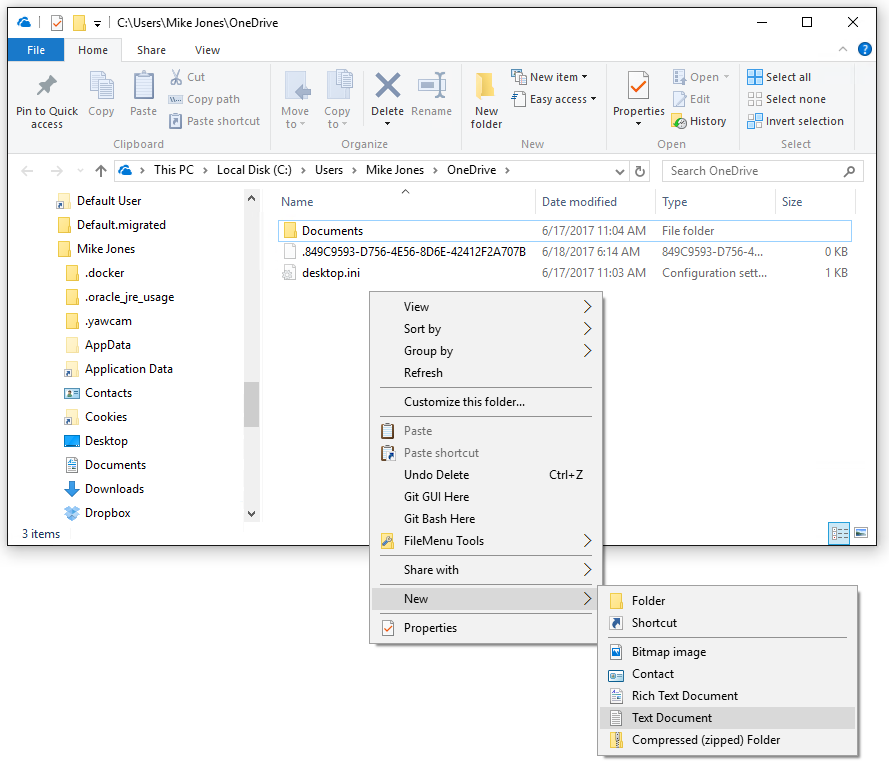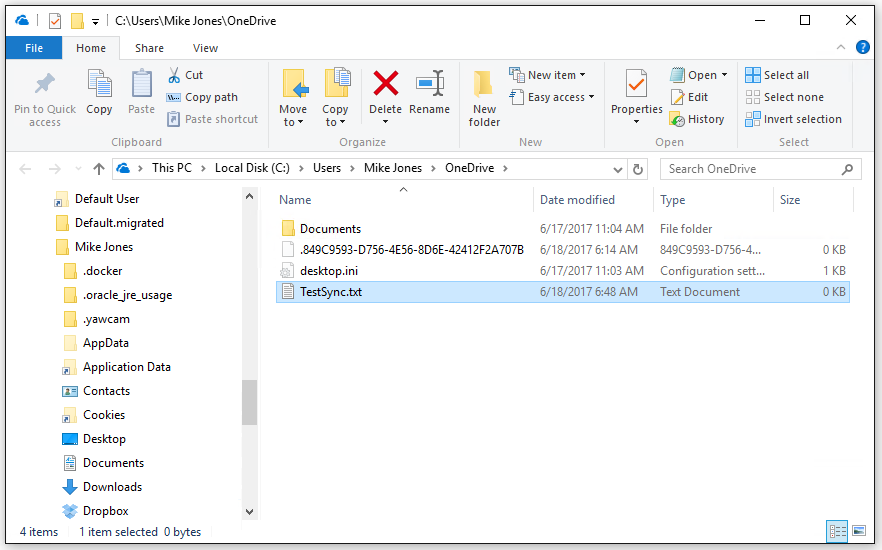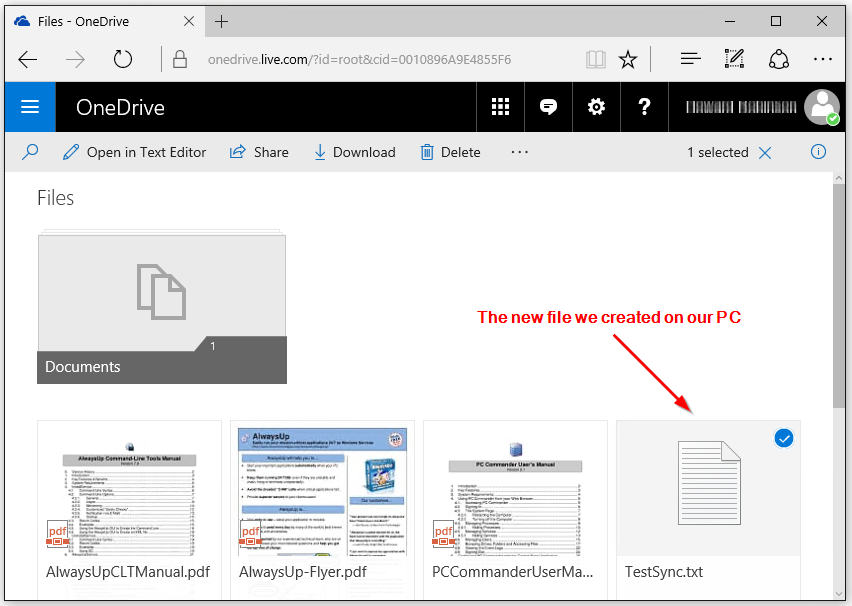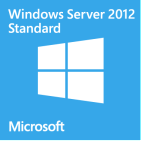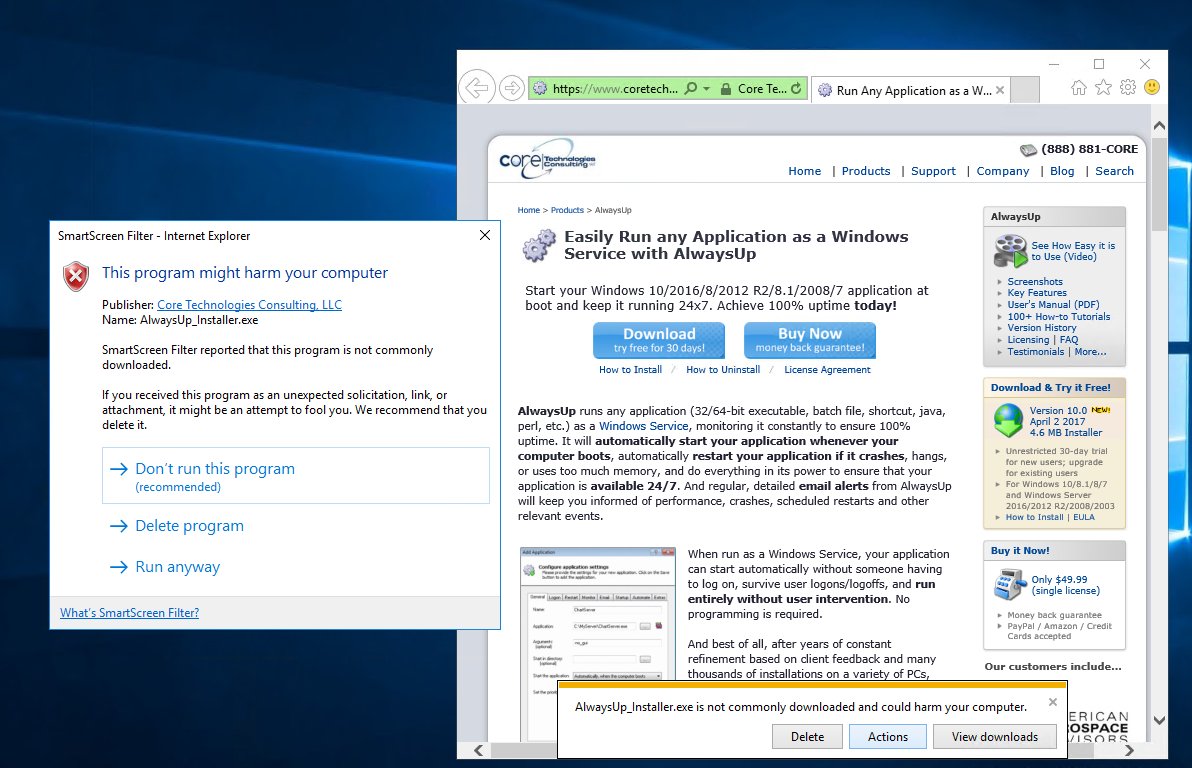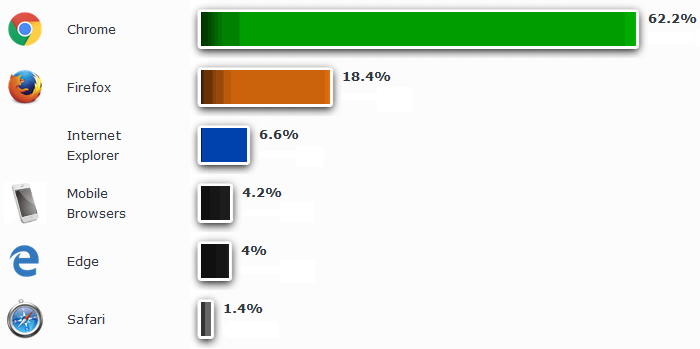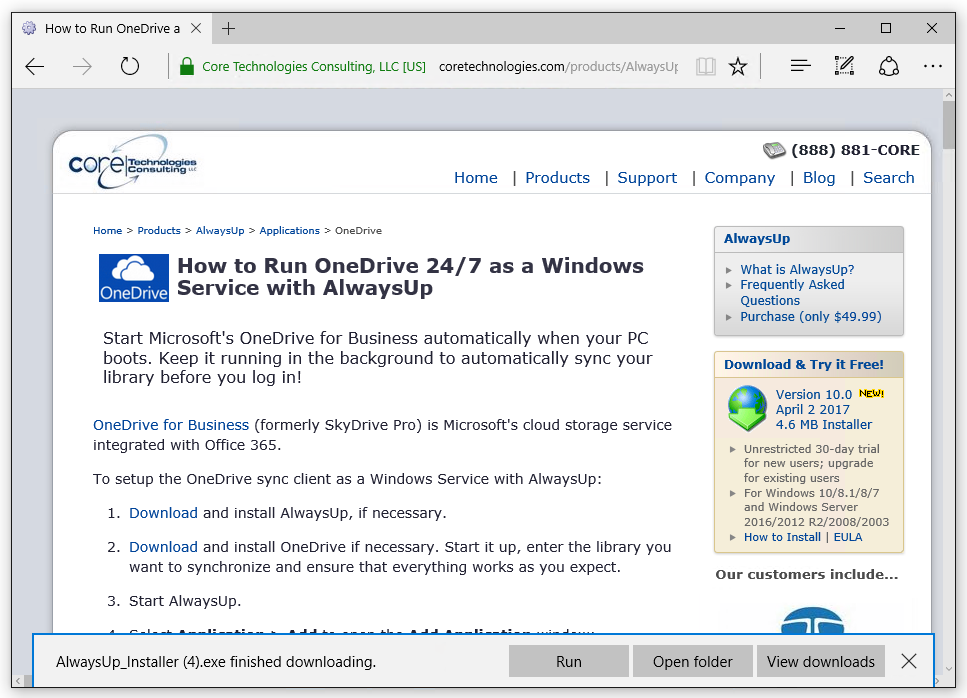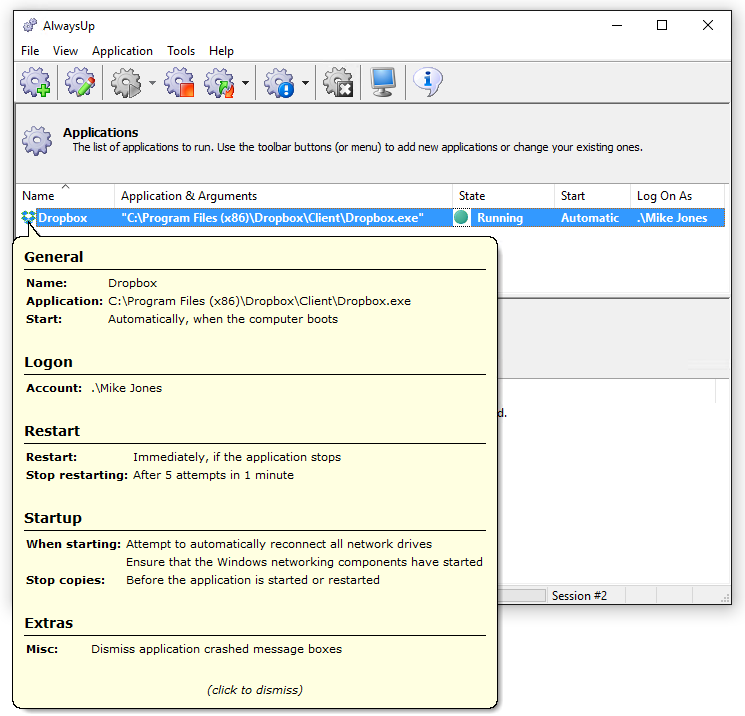
AlwaysUp is designed to run Dropbox 24/7 — starting it when your PC boots and keeping your files up to date all the time despite failures or other unexpected interruptions. You don’t even need to log on!
But to gain those benefits, AlwaysUp must launch Dropbox in the background as a Windows Service. In that situation, described in our tutorial showing how to setup Dropbox as a Windows Service, Dropbox’s familiar “box” icon won’t appear on your taskbar. You won’t see the informative icon overlays beside the files and folders being synchronized either. And without those visual hints, how do you know that your important files and folders are being copied to and from the cloud?
Perform this easy 4-step test to prove that your important files are protected:
Start Dropbox in AlwaysUp
From AlwaysUp, select “Start Dropbox” from the “Application” menu:
Your service should transition to the Running state after a few seconds. Clicking on the green circle should reveal details of the running process:
Please consult our online troubleshooter or get in touch if you can’t get this far!
Wait for five minutes while Dropbox starts
Dropbox can take a while to get going — especially if it has a long list of files and folders to synchronize. Take this brief opportunity to:
- Stretch those aching muscles, or
- Grab a cup of coffee, or
- Respond to that annoying email you’ve been trying to forget.
Dropbox should be ready and waiting when you return.
Create a new file in your Dropbox folder
Open your Dropbox folder in Windows Explorer. Right-click in the files area (on the right), select New > Text Document and give the file a suitable name:
We called our file “DropboxTest.txt”:
Login to Dropbox online and confirm that the new file is there
Sign in to your Dropbox account online and browse to your files. The new text file should be listed, as it was for us:
If you don’t see the new file, do a few more stretches and try again. Sometimes Dropbox can be a bit slow…
What should I do if my file didn’t show up?
If your new file wasn’t listed online, something is definitely wrong with your setup. We’re here to help! Please get in touch so that we can get you going ASAP.

